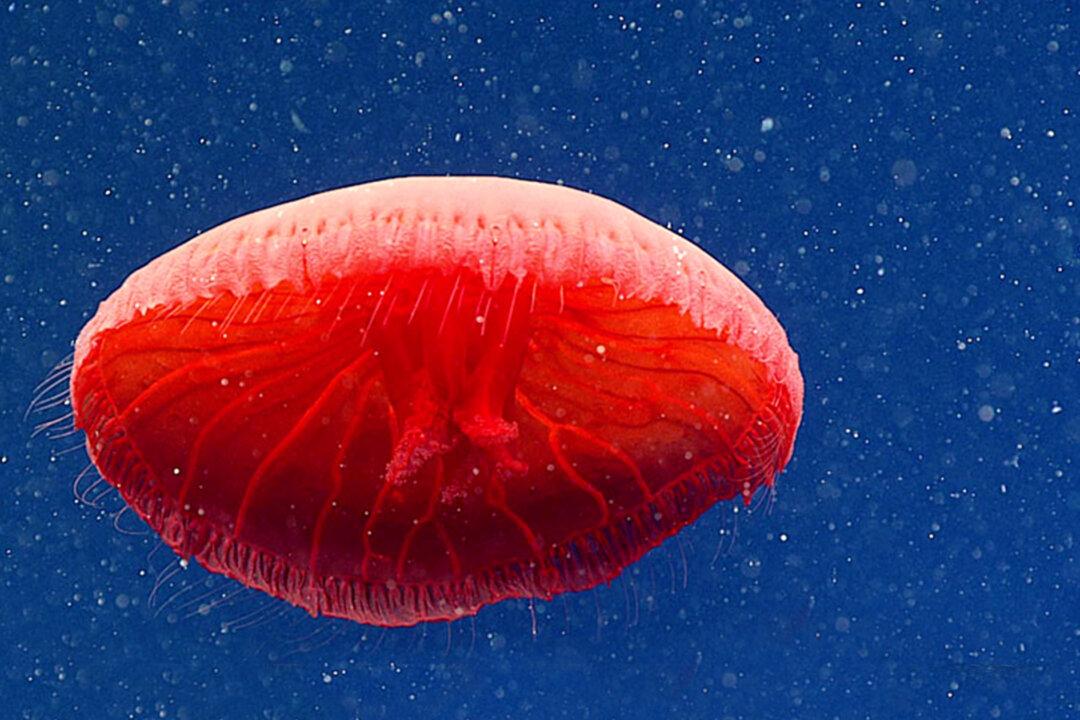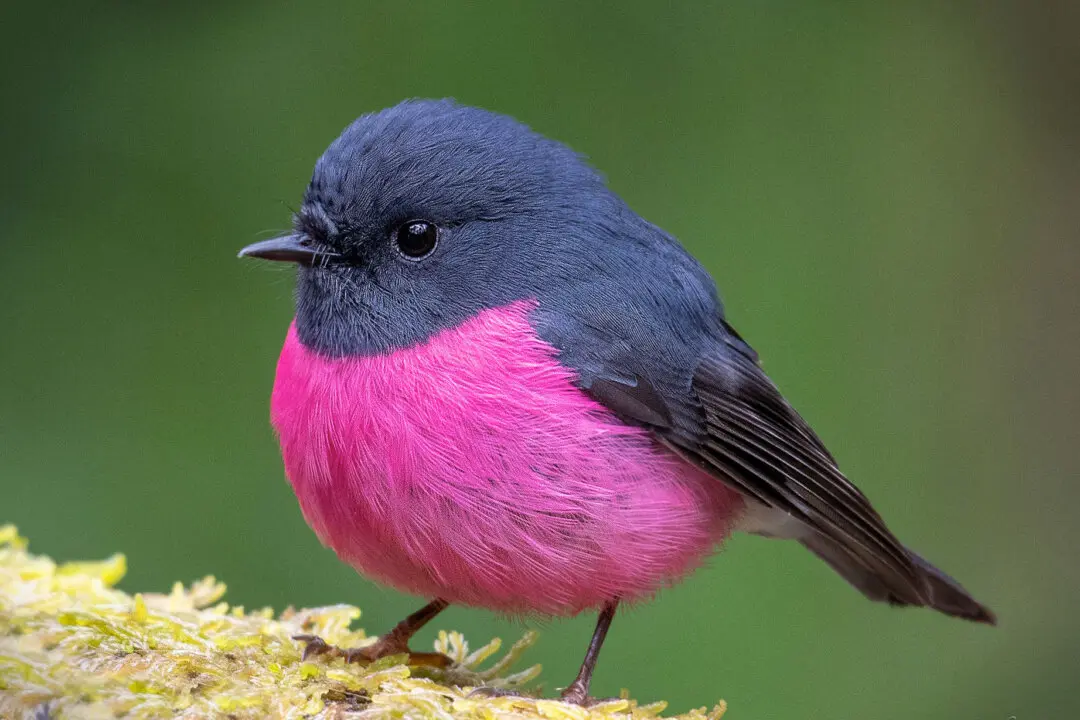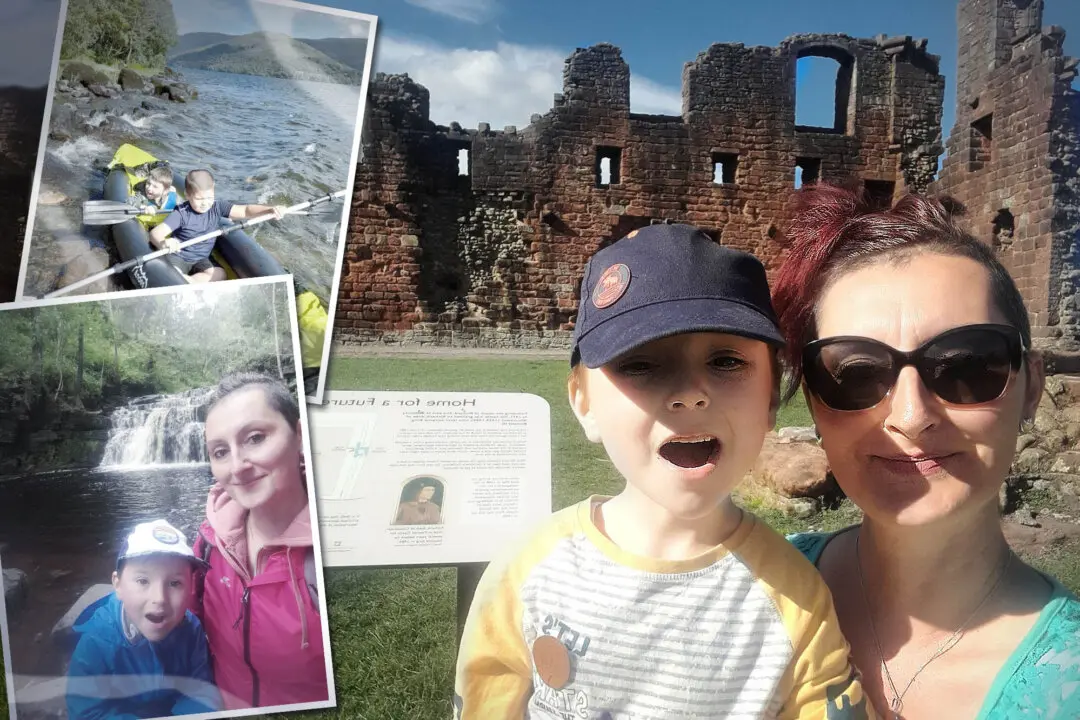It’s been an exciting summer for ocean researcher Quinn Girasek—who played a role in the North Atlantic Stepping Stones expedition, cataloging previously unexplored habitats of the Atlantic Gulf Stream.
Although landlocked herself, the NOAA scholarship intern was part of an onshore team annotating organisms as they appeared live on divers’ cameras. And there was plenty to explore through her computer screens.






